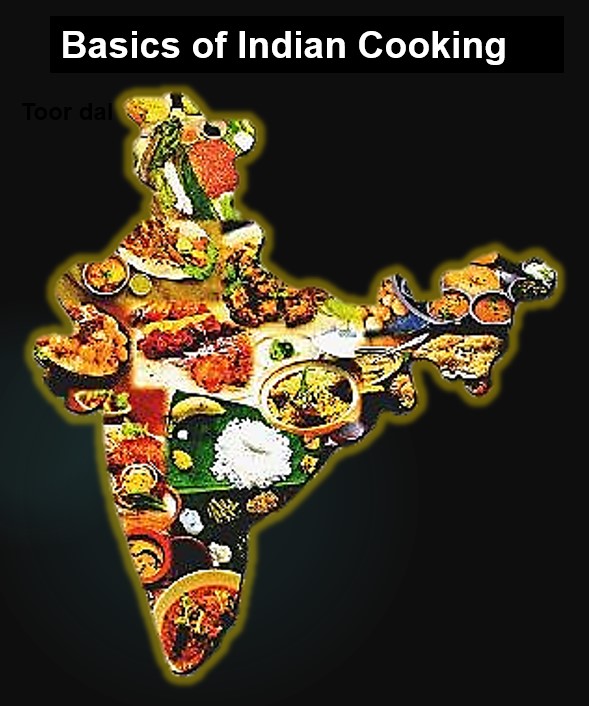
India is one of the most diverse countries in the world. Food is a part of the culture. Think of Indian food and 3 Ds come to your mind:
- Diverse
- Delicious
- Difficult to cook
Believe me, it is not as difficult as you might think. Every state, city, home, and even every person has its own recipes.
Traditionally, India is a male-dominated society (though it is slowly moving away from it) and every girl and woman is expected to know cooking. In India, cooking is considered an art. There are some misconceptions about Indian food like it is spicy, is vegetarian only, or hard to cook. It is not true.
And it is not just curry! Curry powder is actually a British invention trying to imitate some of the flavors found in Indian food. The mix of spices (varies from household to household) is collectively known as GARAM MASALA.
Here I am including some basics of Indian cooking to help them understand who are not familiar with it: Indian herbs, spices, common ingredients and pulses (known as dals), etc.
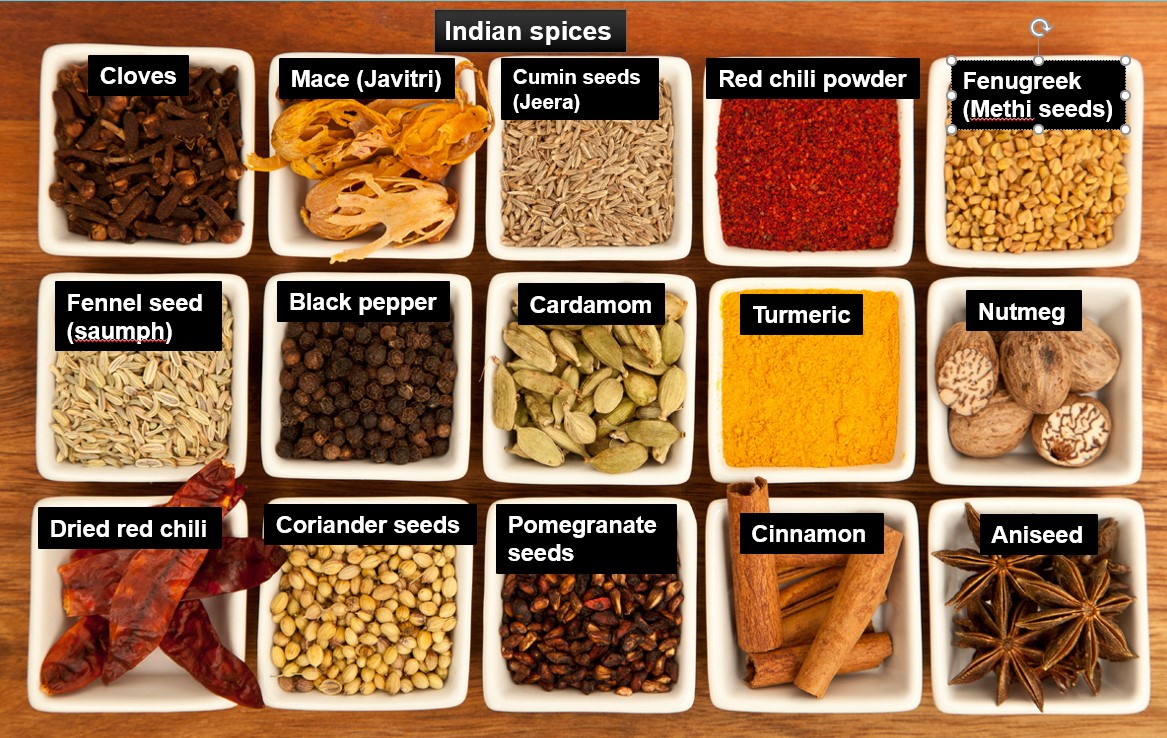
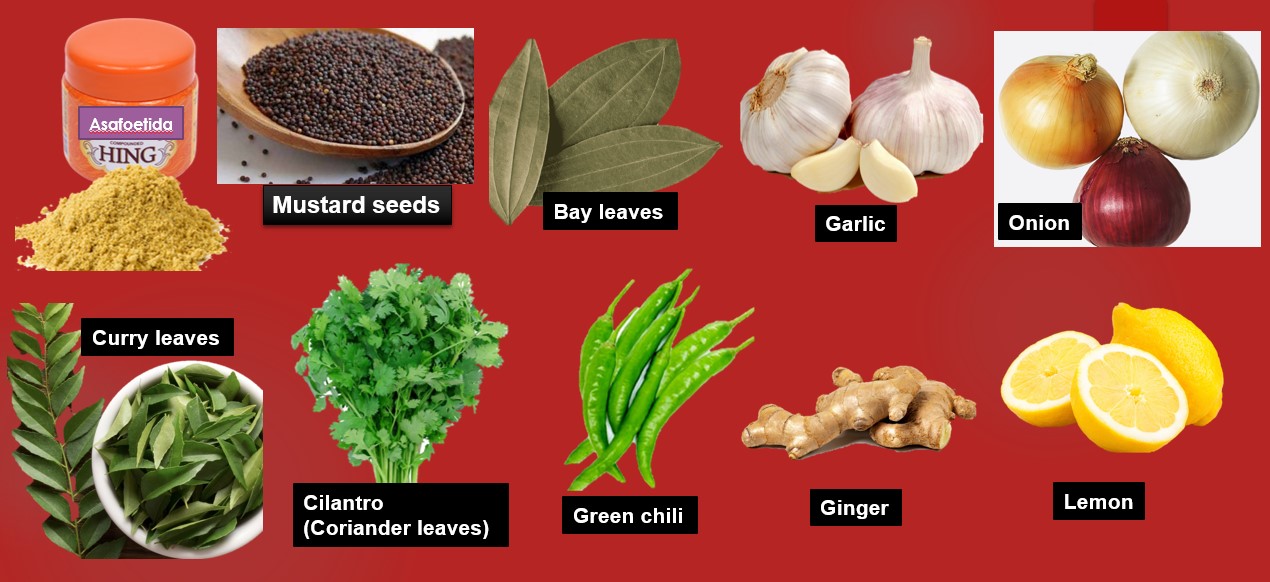
Other commonly used ingredients are:
Peanut powder– Dry roast the peanuts and grind to coarse powder along with the skin. It can stay good for few weeks to months.
Sesame powder– Dry roast the sesame seeds and grind to coarse powder. It can stay good for few weeks to months.
Cumin powder– You make it at home or buy from any Indian grocery store. Dry roast cumin seeds and grind it to fine powder. Store it into air-tight container.
Coriander powder– You make it at home or buy from any Indian grocery store. Dry roast coriander seeds and grind it to fine powder. Store it into air-tight container.
Ginger paste– It is available in the stores, but I personally do not like to use it. I always make it at home. Take fresh ginger and wash it thoroughly. Dry it. Make into small pieces. Grind it to coarse paste after adding salt, olive oil, turmeric powder and Asafetida powder as preservatives. Store it in the refrigerator. It can be good for 1-2 months.
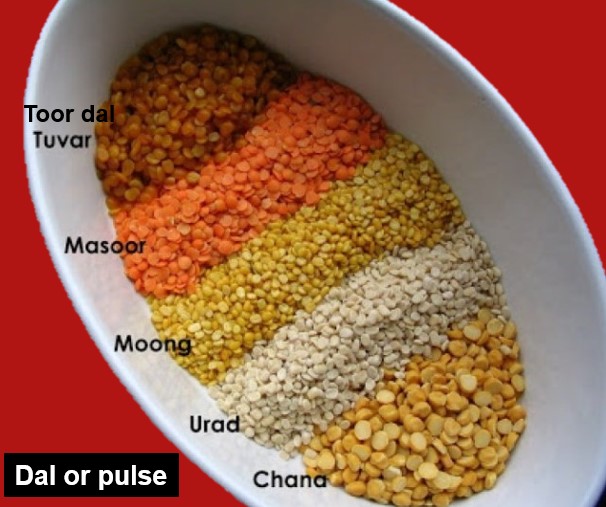
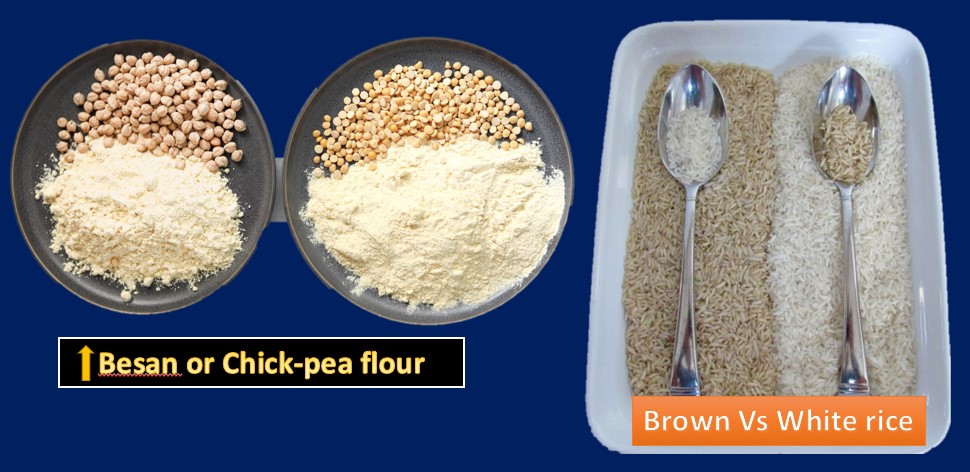
For most of Indian dishes, the first step is tempering. For some recipes, this tempering can be added on top of the dish after it is ready. Other names in Indian languages are fodni, tadka, talimpu, popu etc. Heat the oil, add mustard seeds, and then cumin seeds. Let them crackle. Then add hing (asafetida). Other ingredients can change as per recipe, but common ones are curry leaves, chana dal, urad dal, green chili pieces or dried red chili, etc.
Tsp= tea spoon
Tbs= tablespoon
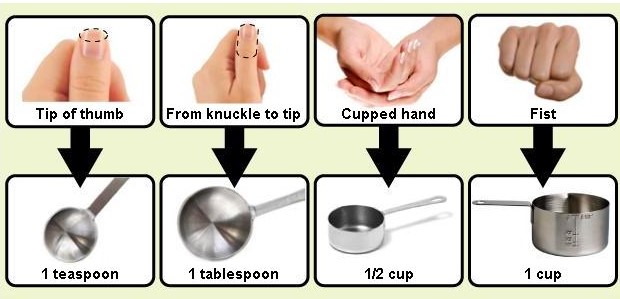
Back to Savi’s Kitchen!

Very tasty recipes, good job savi.
Thank you, Jayu 🙂